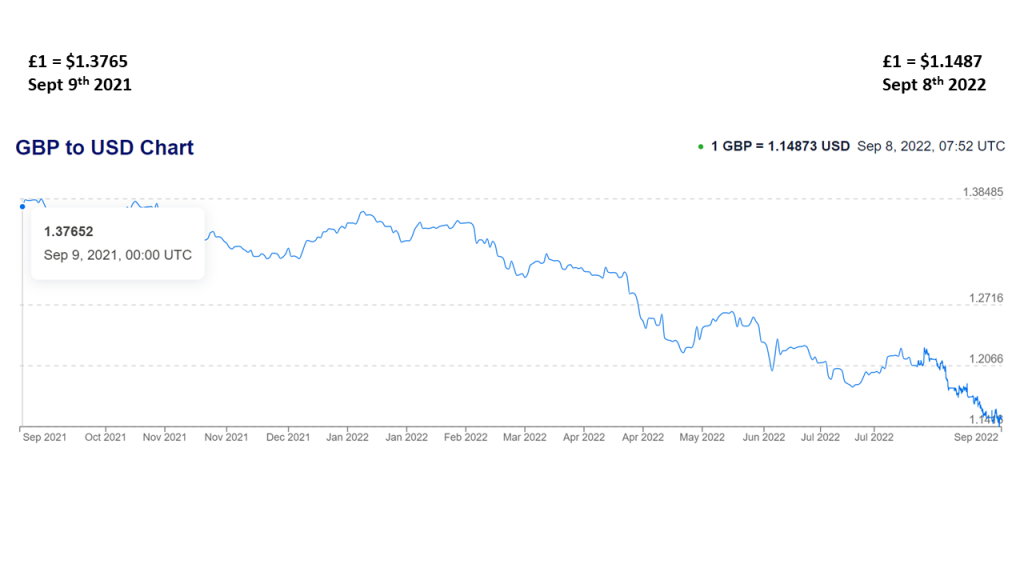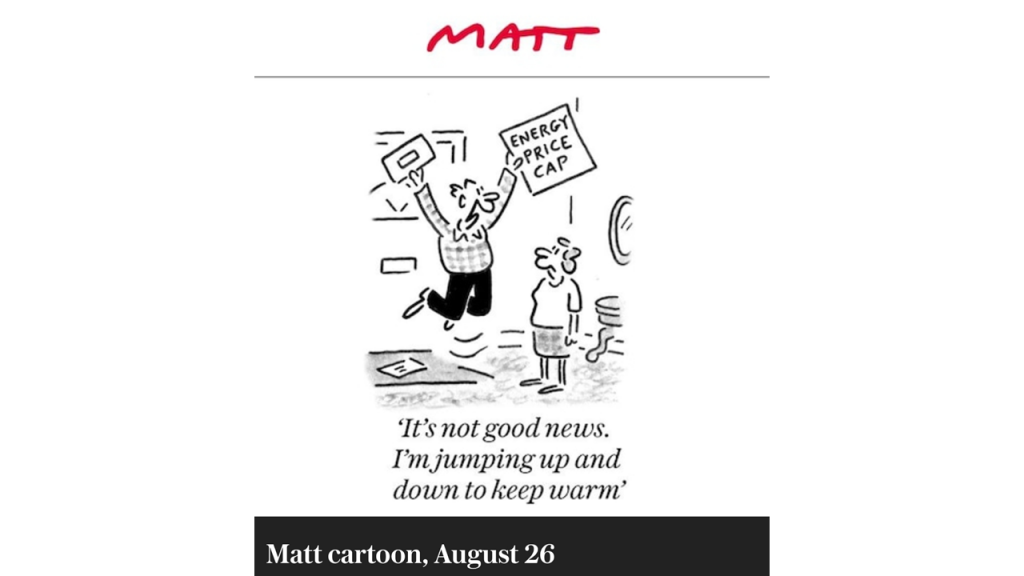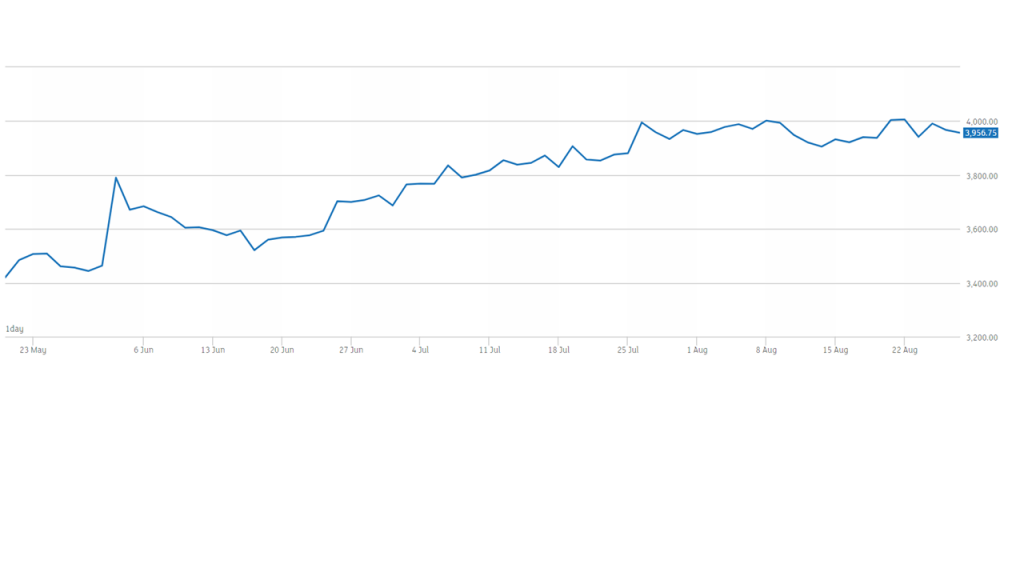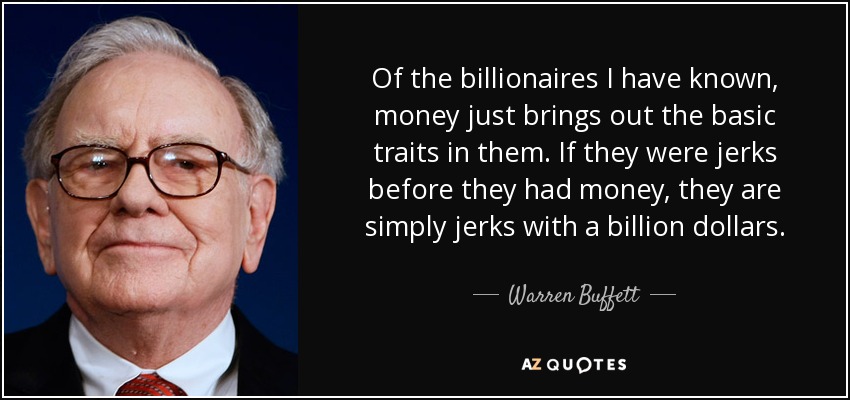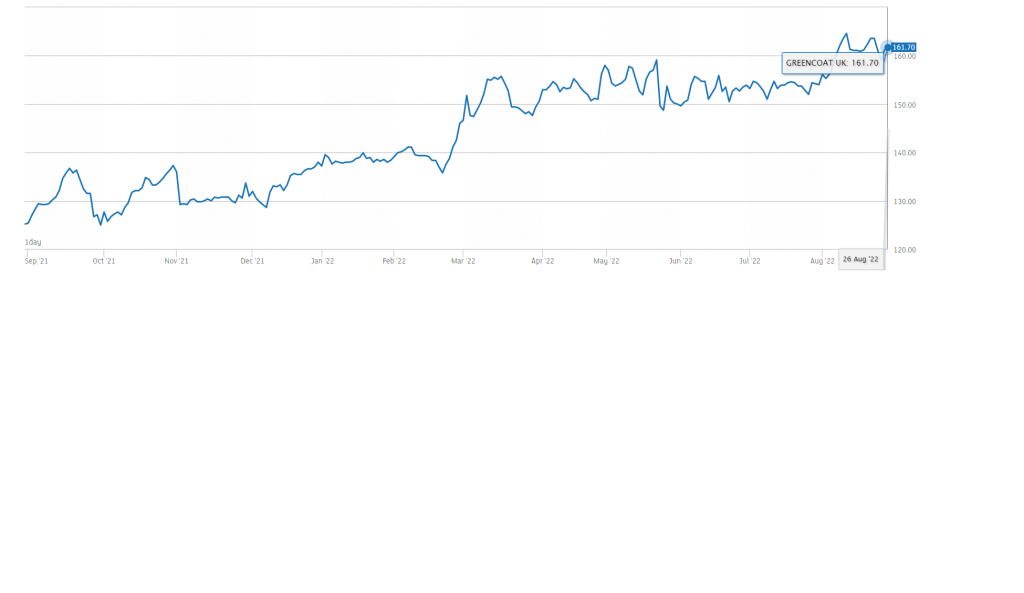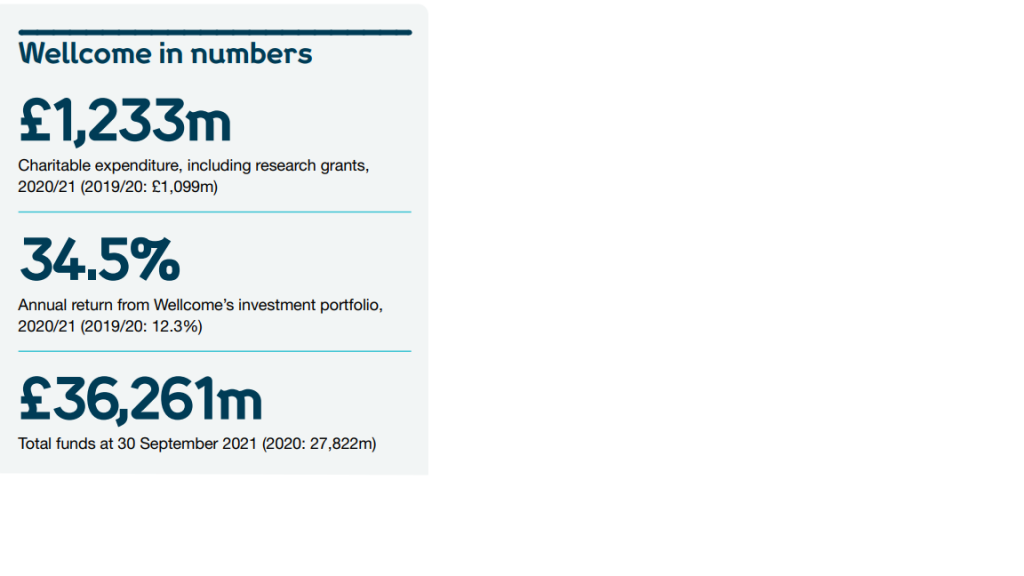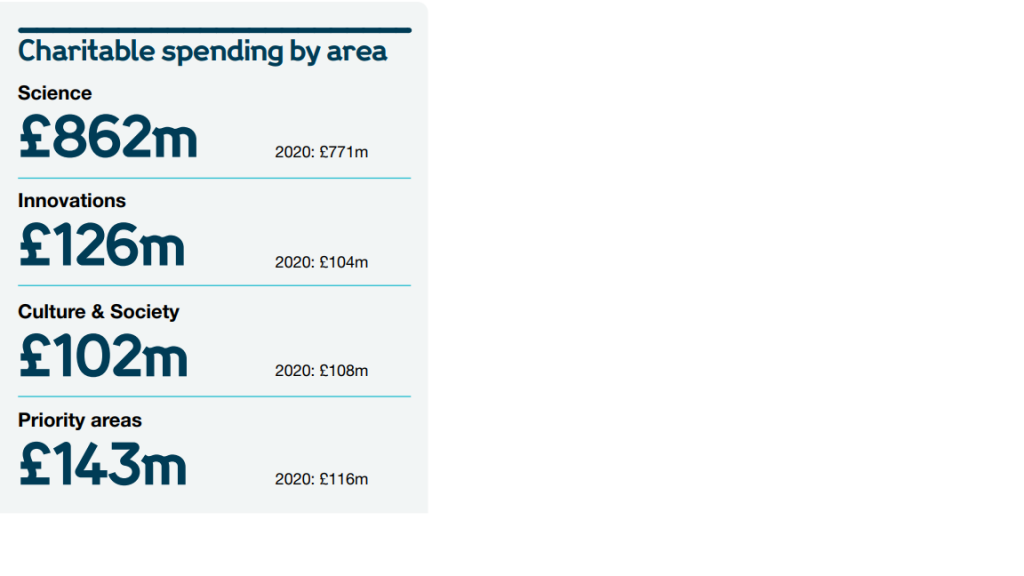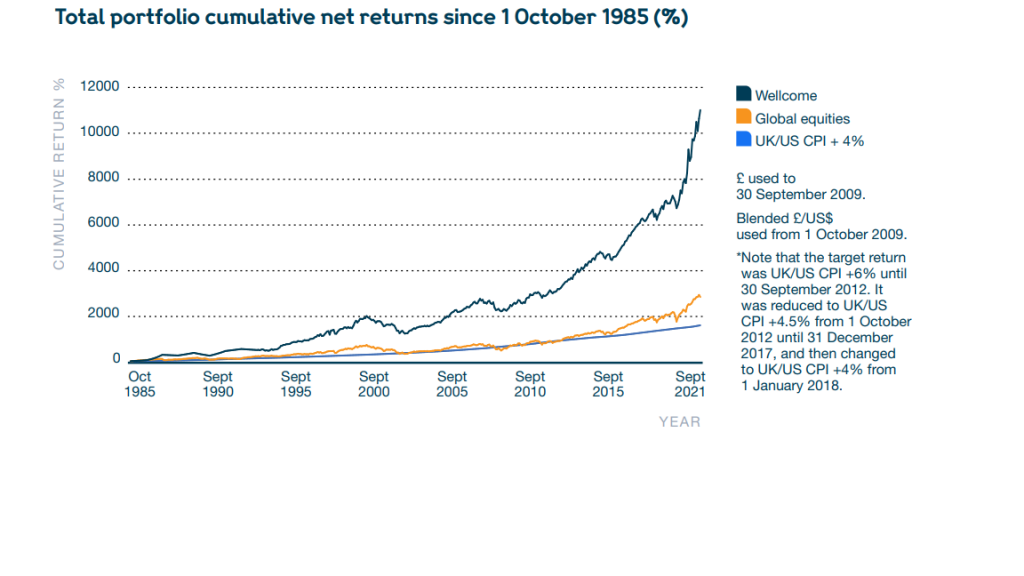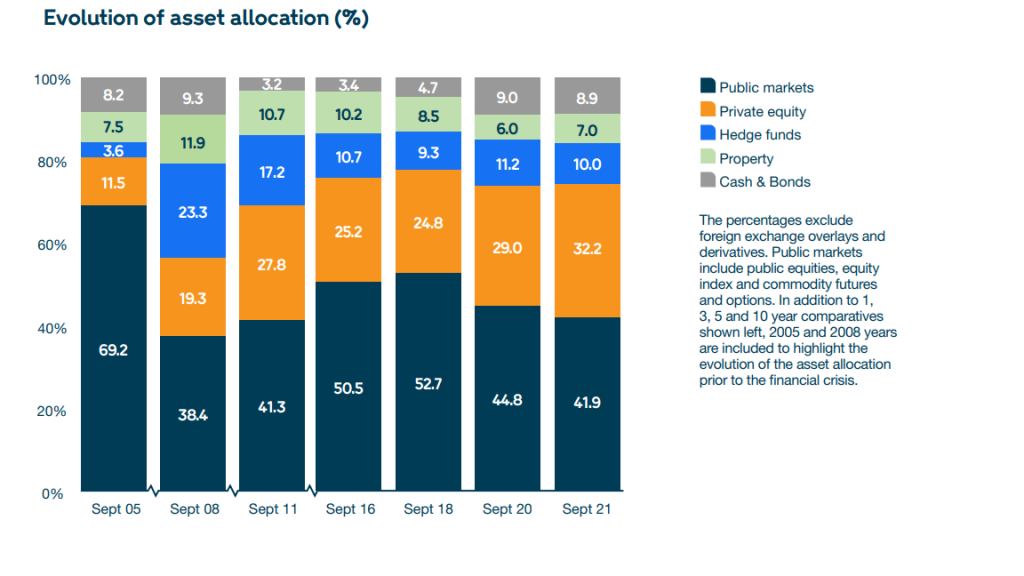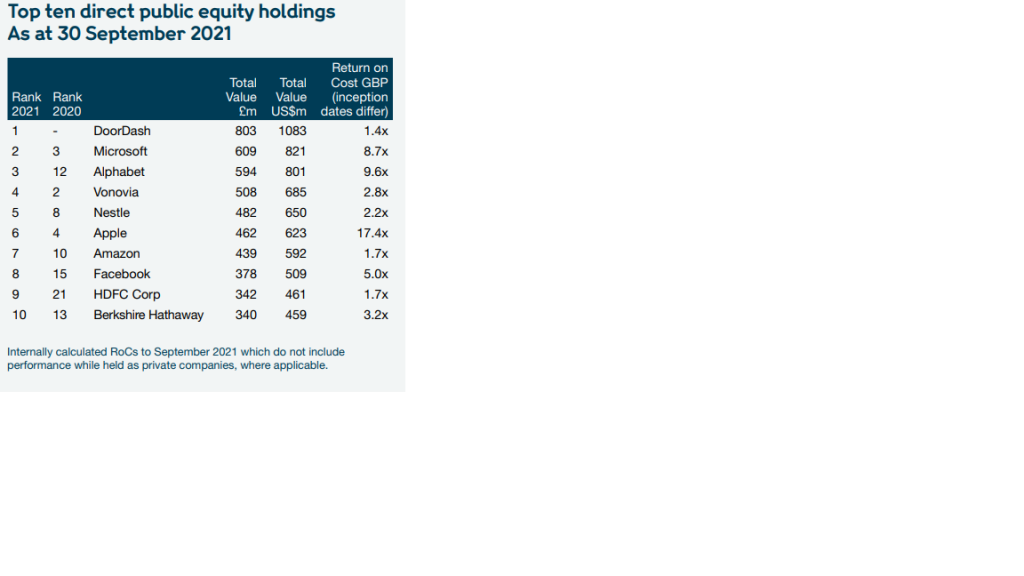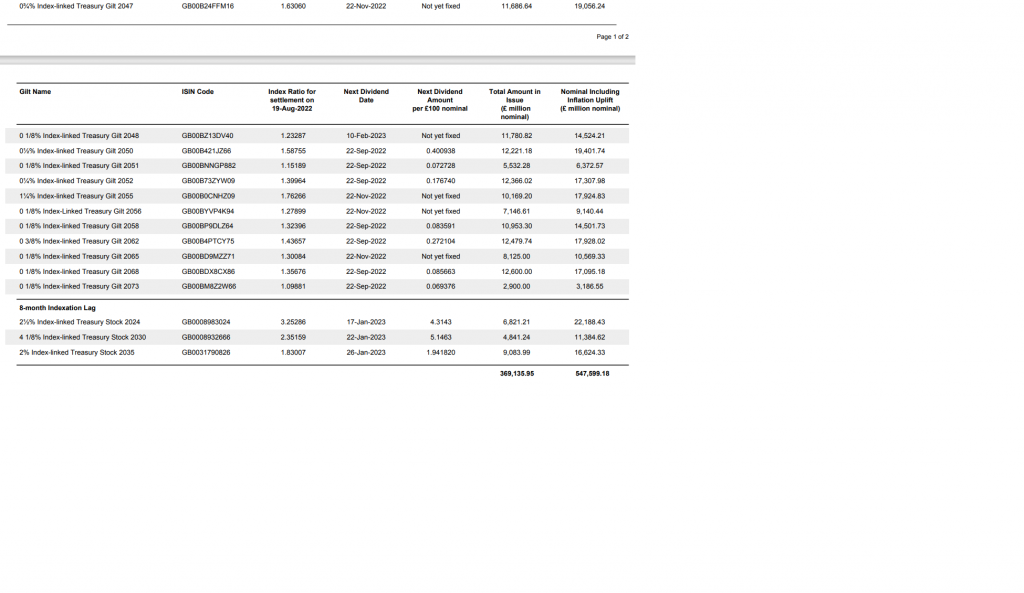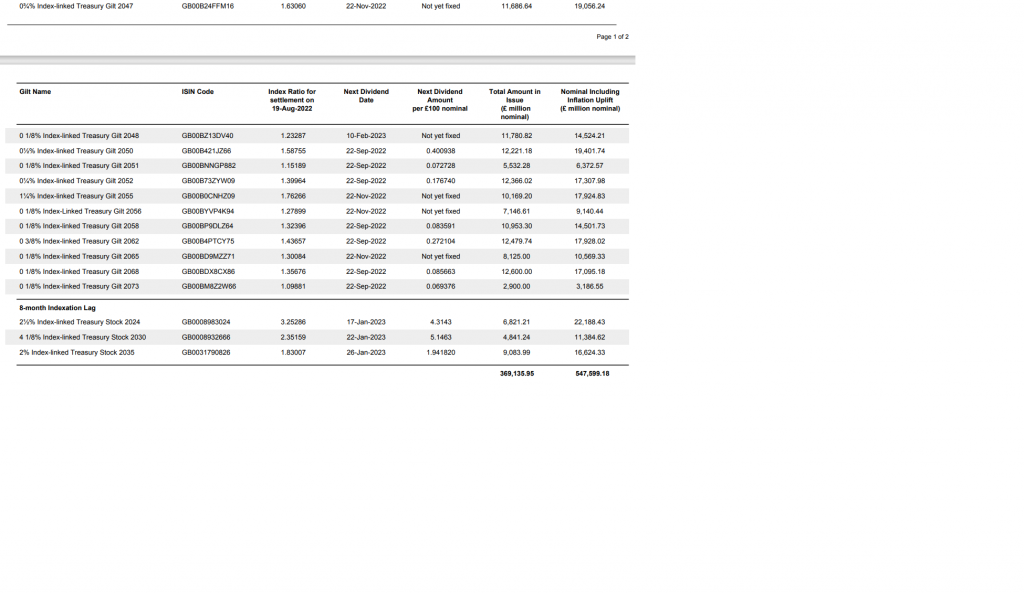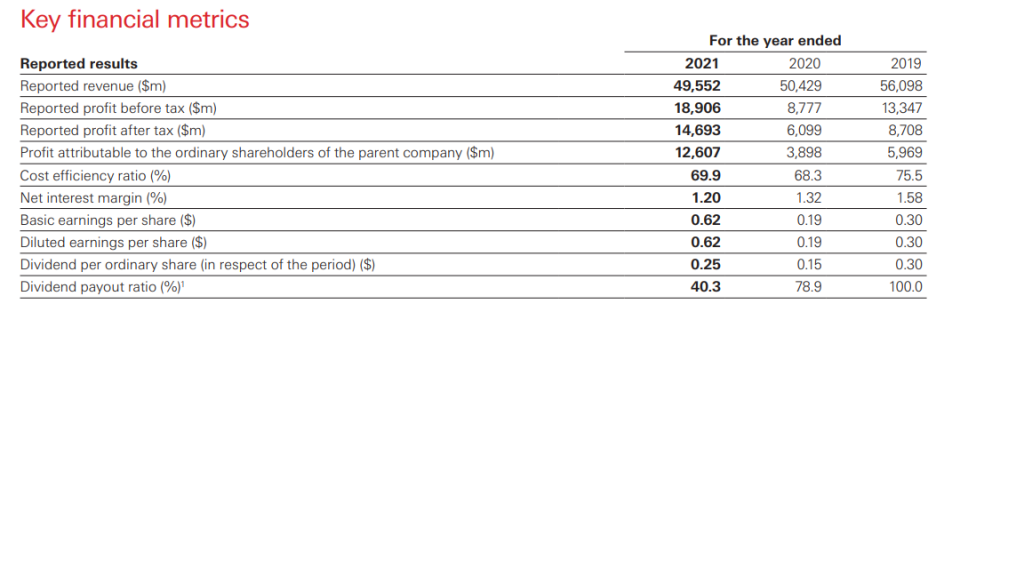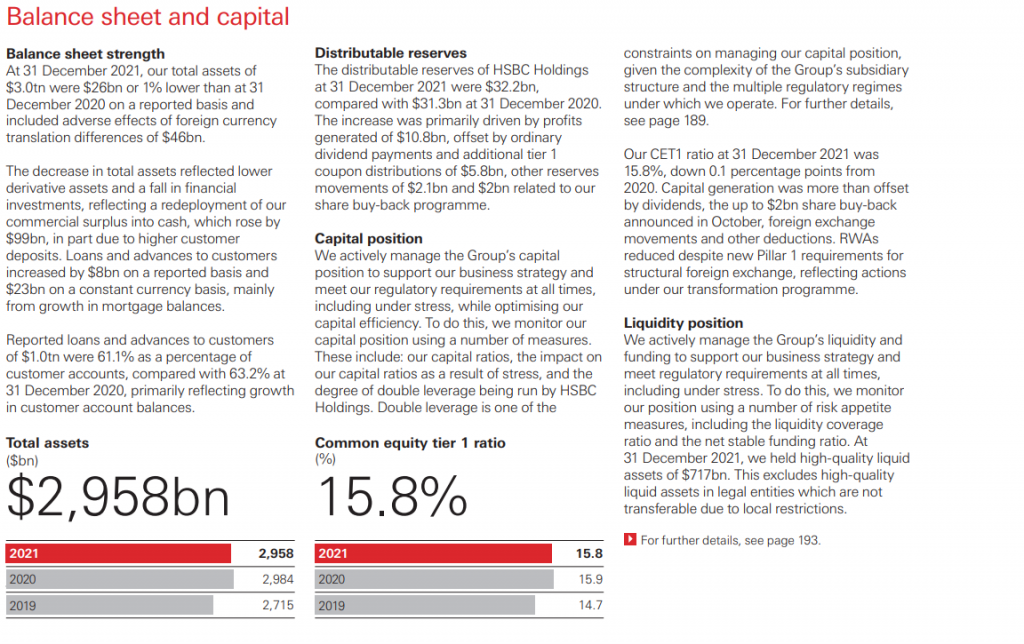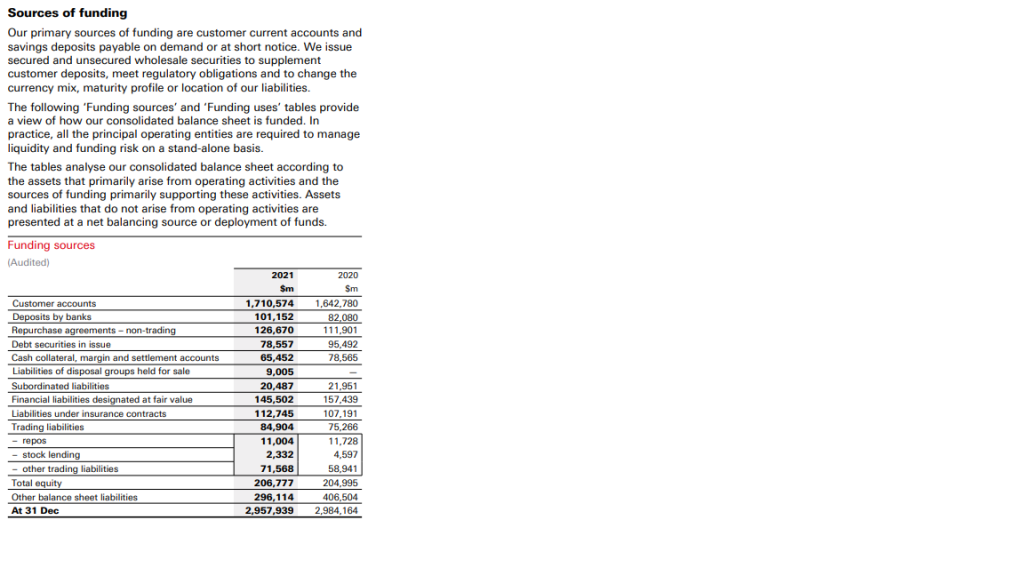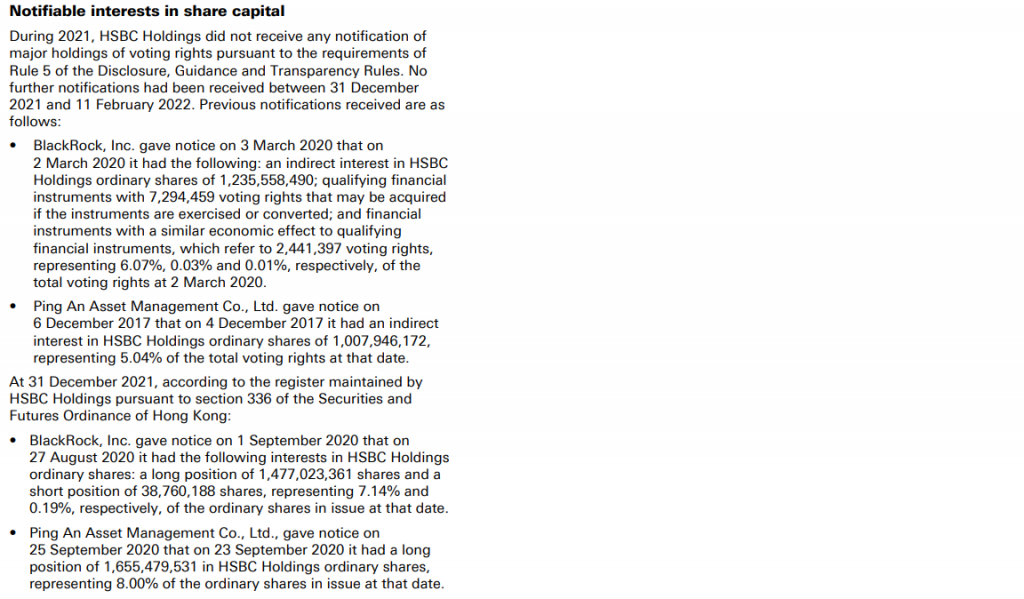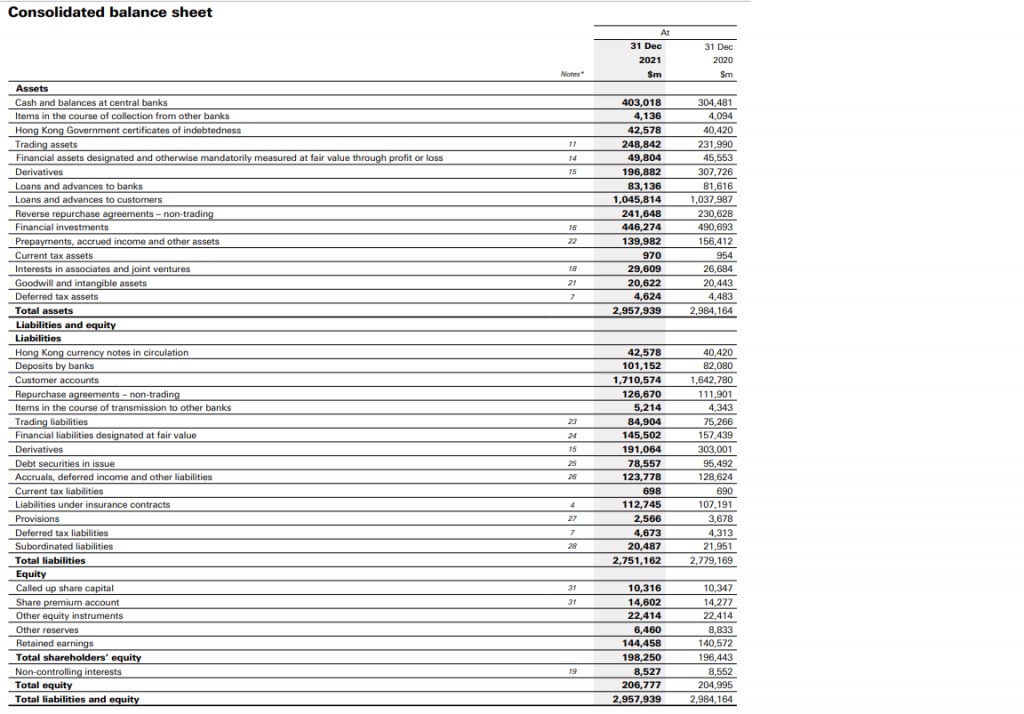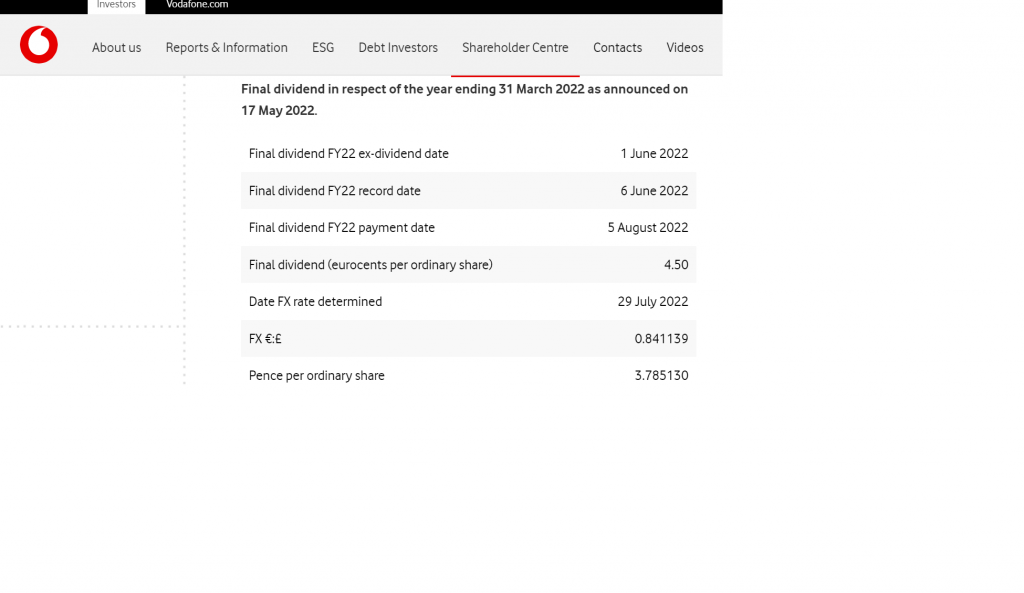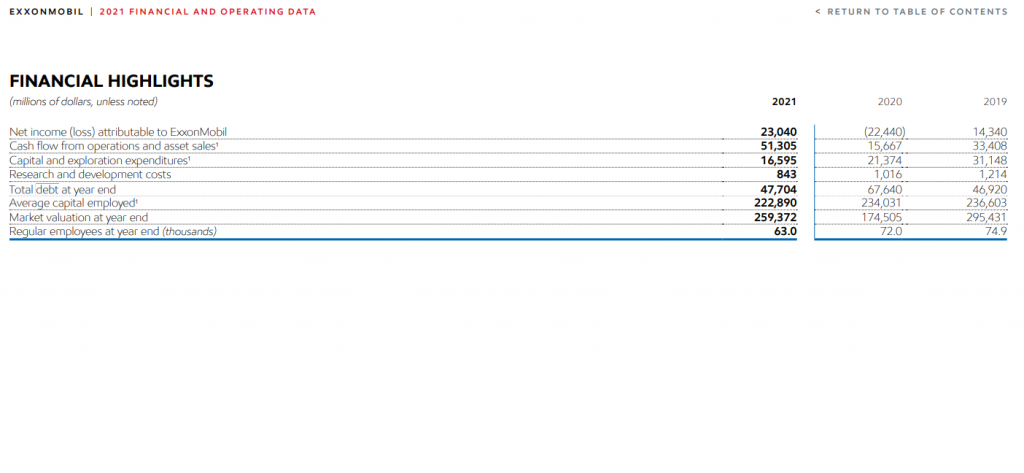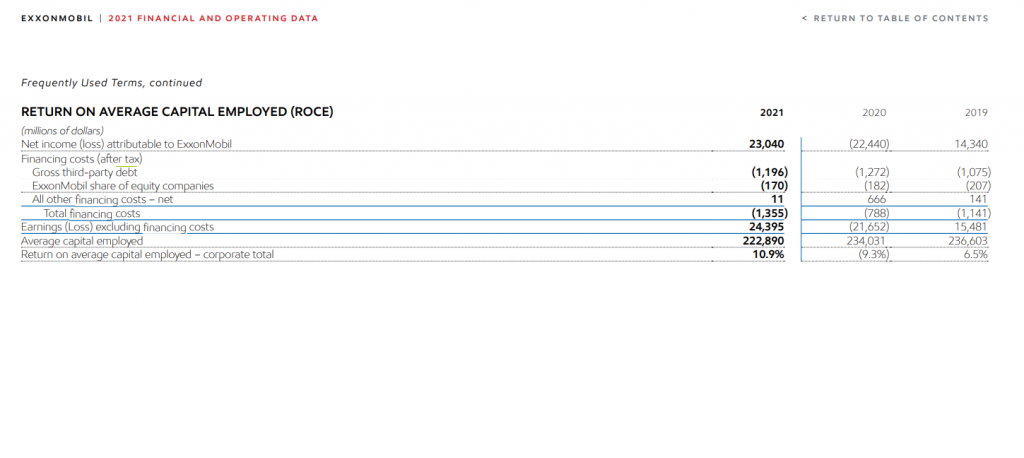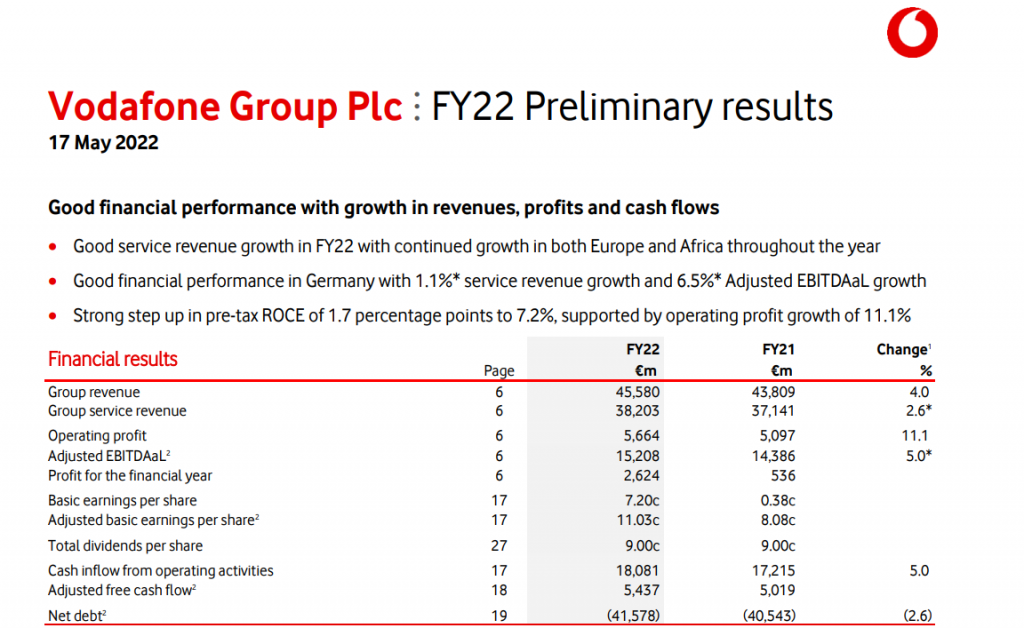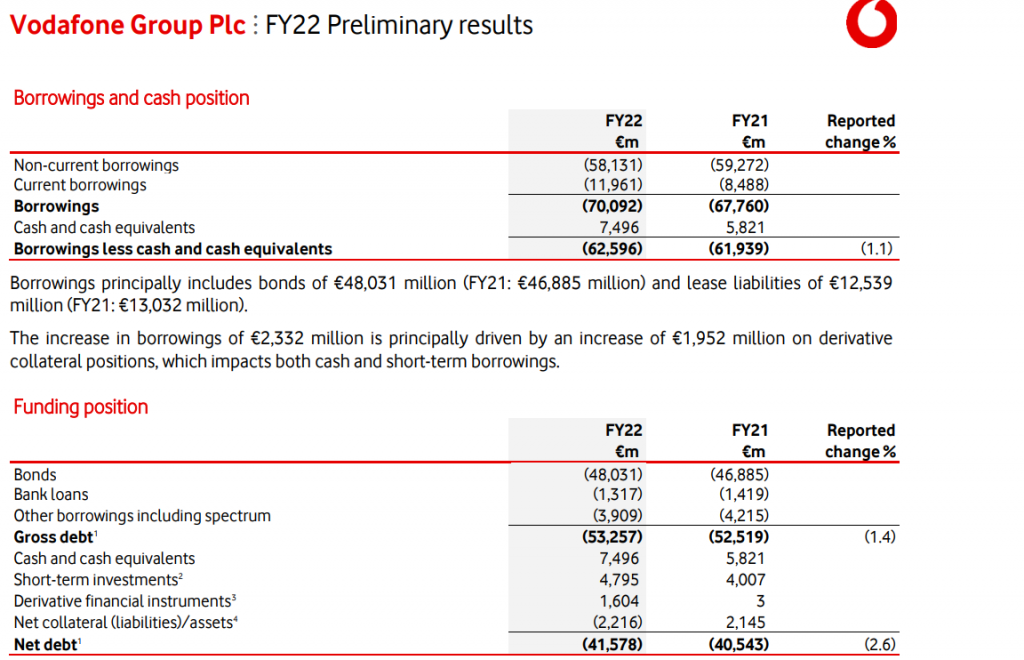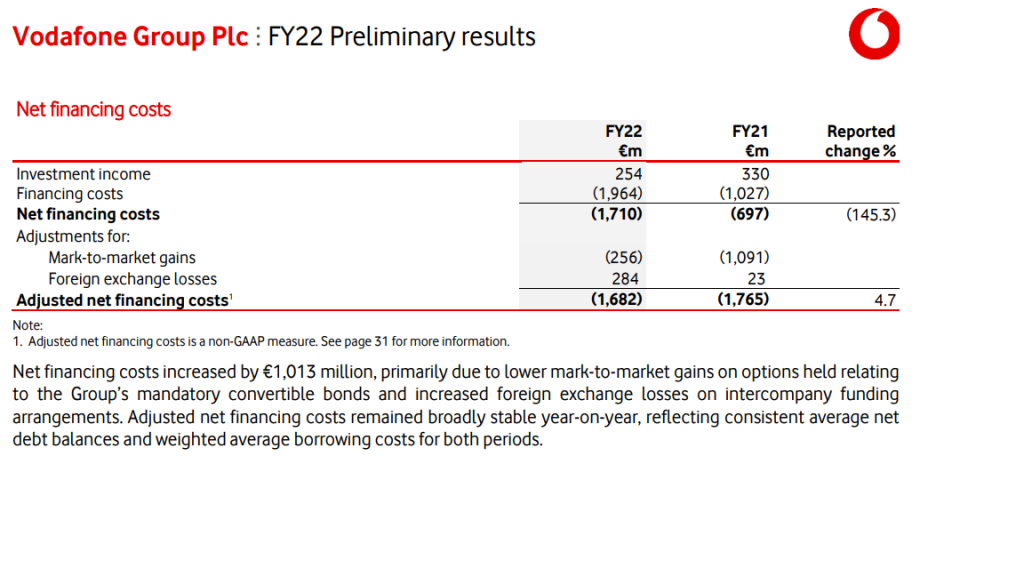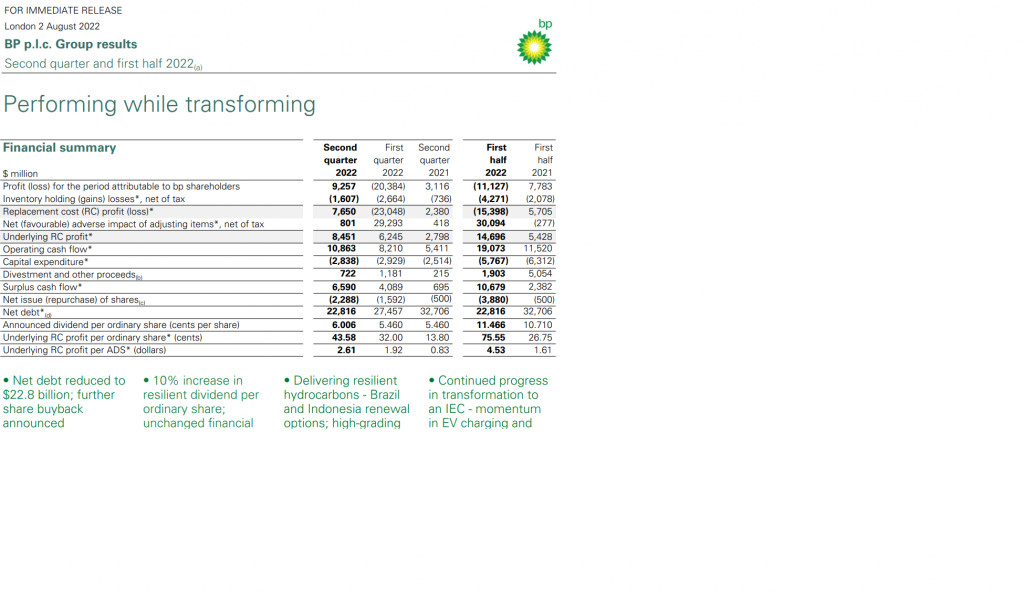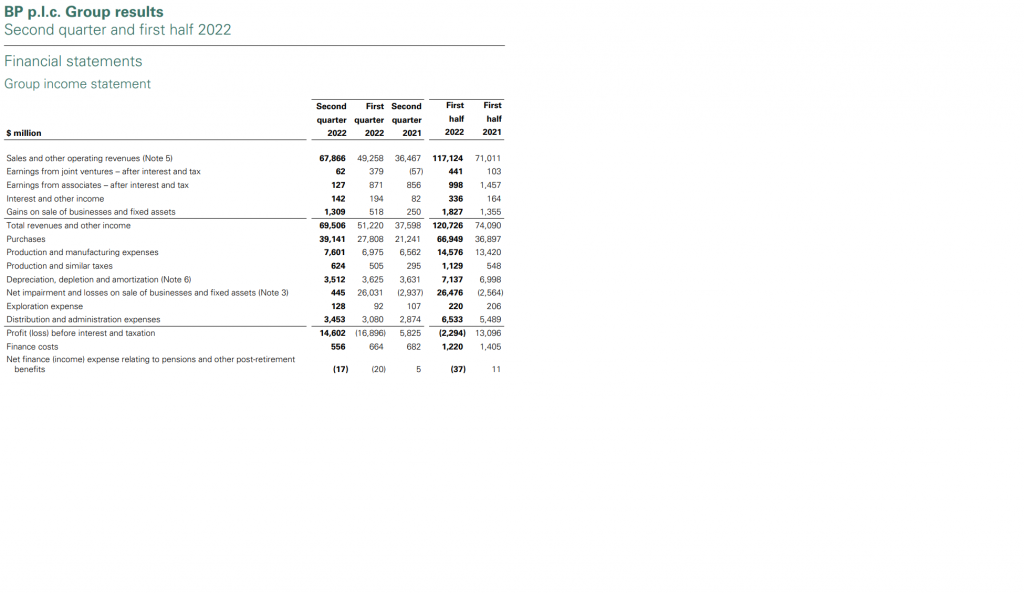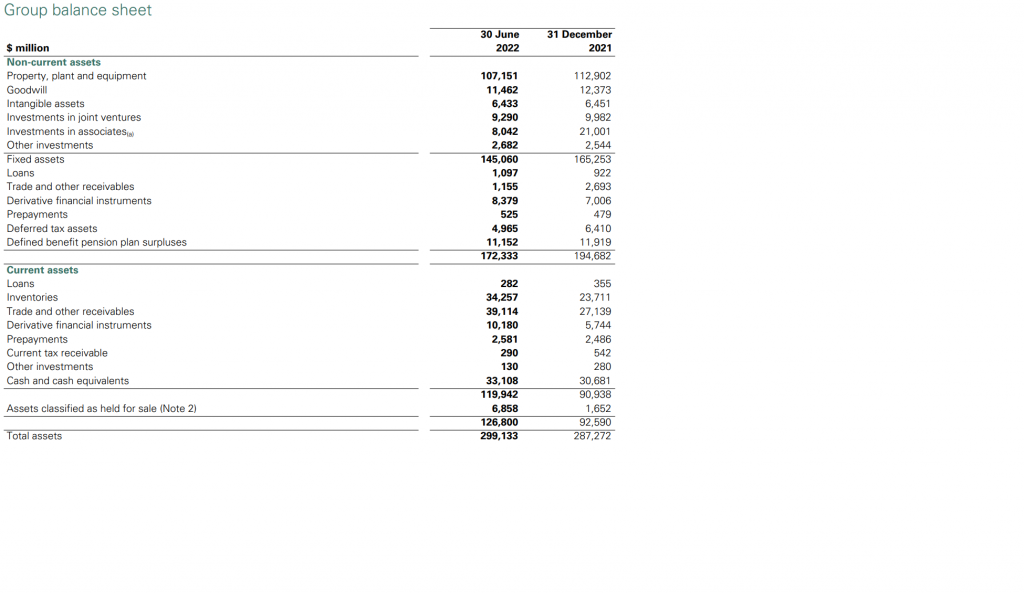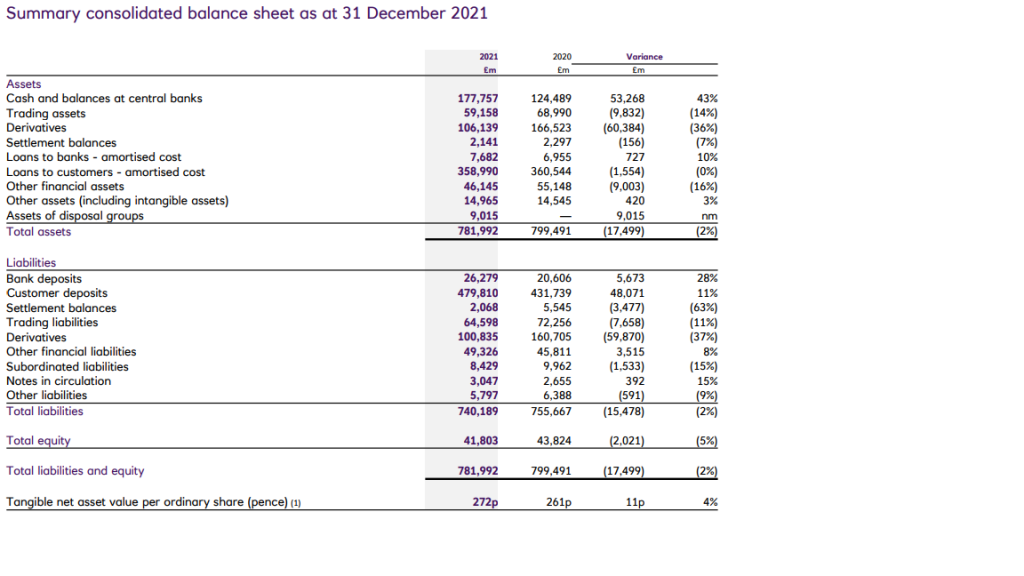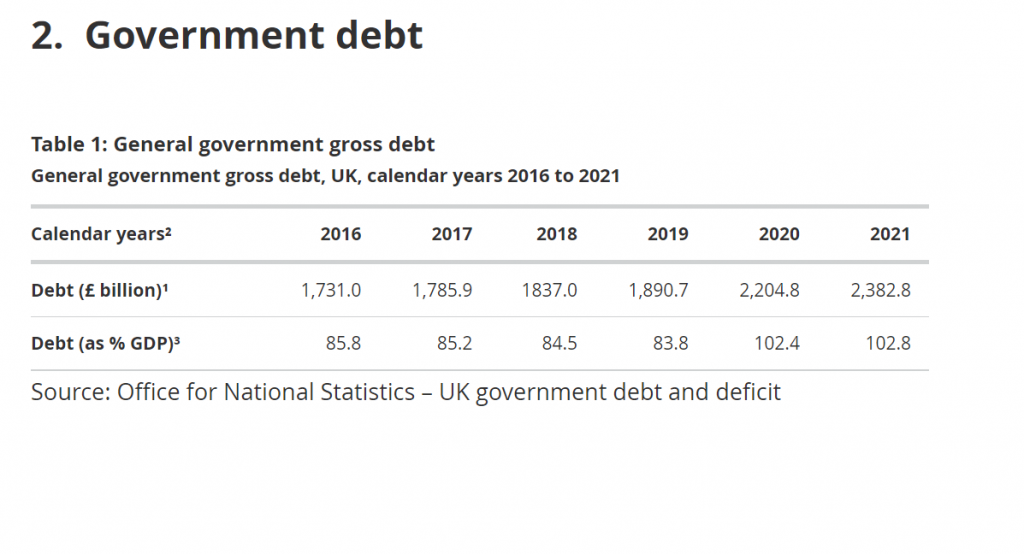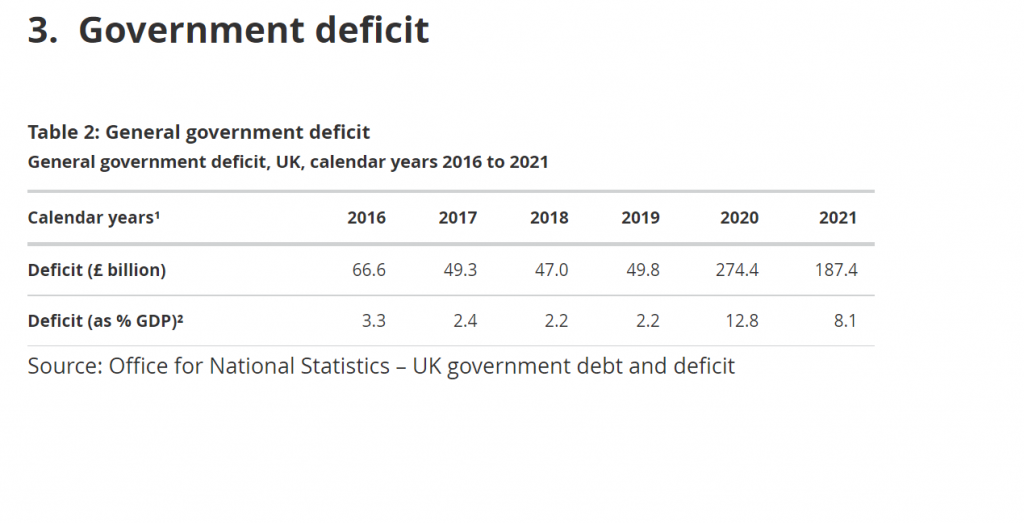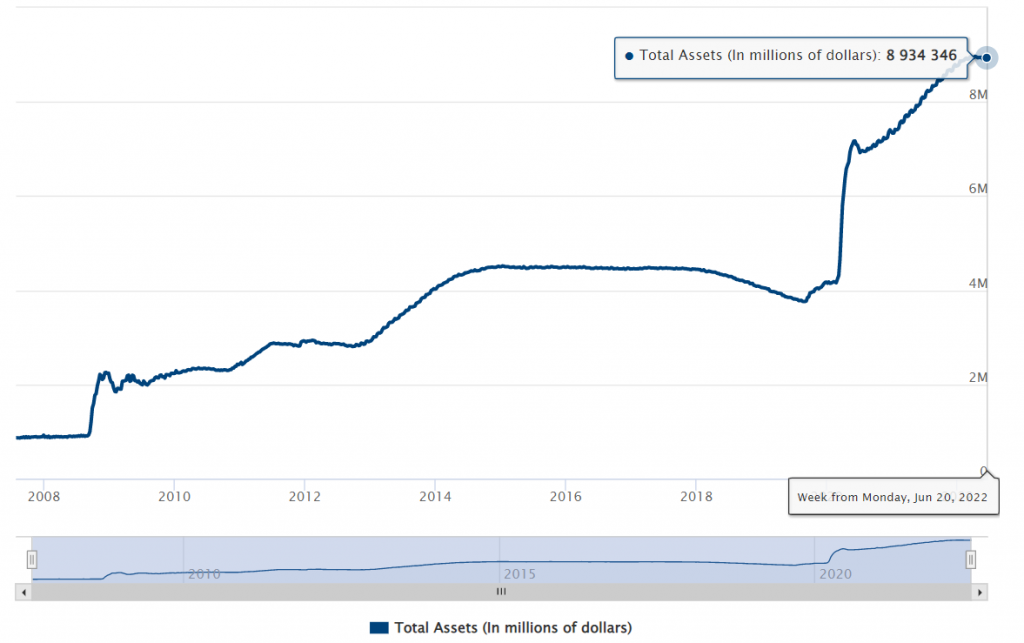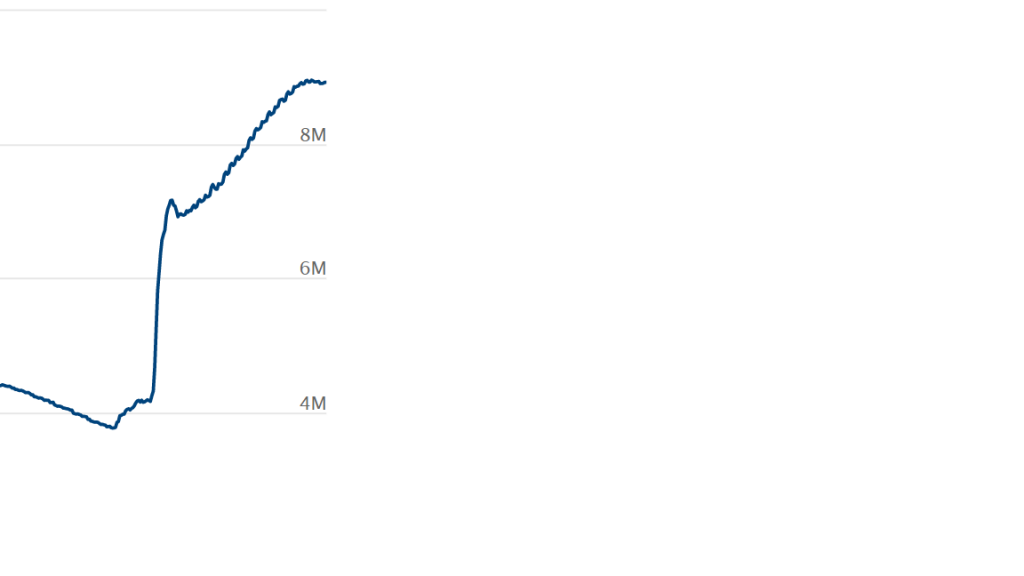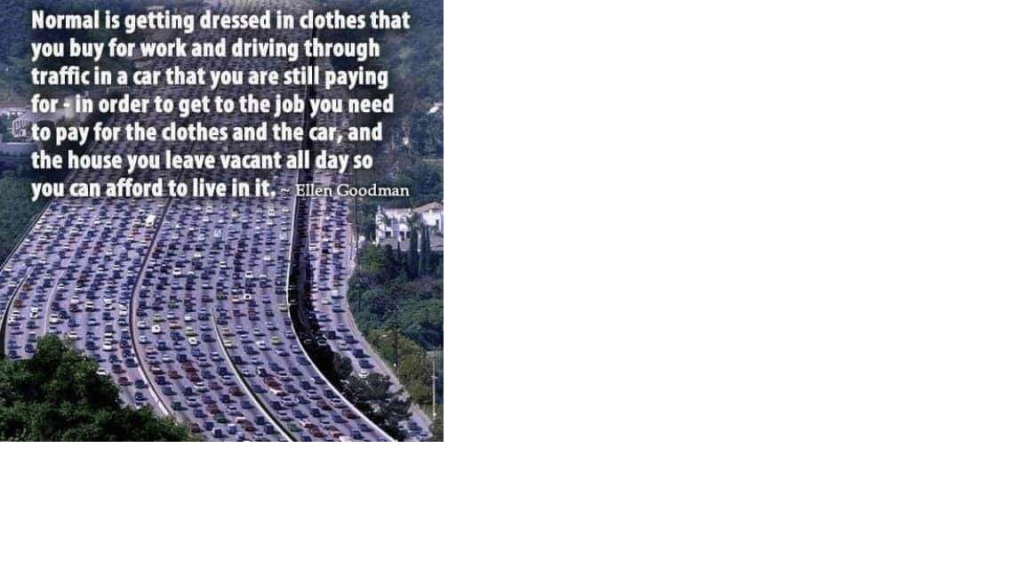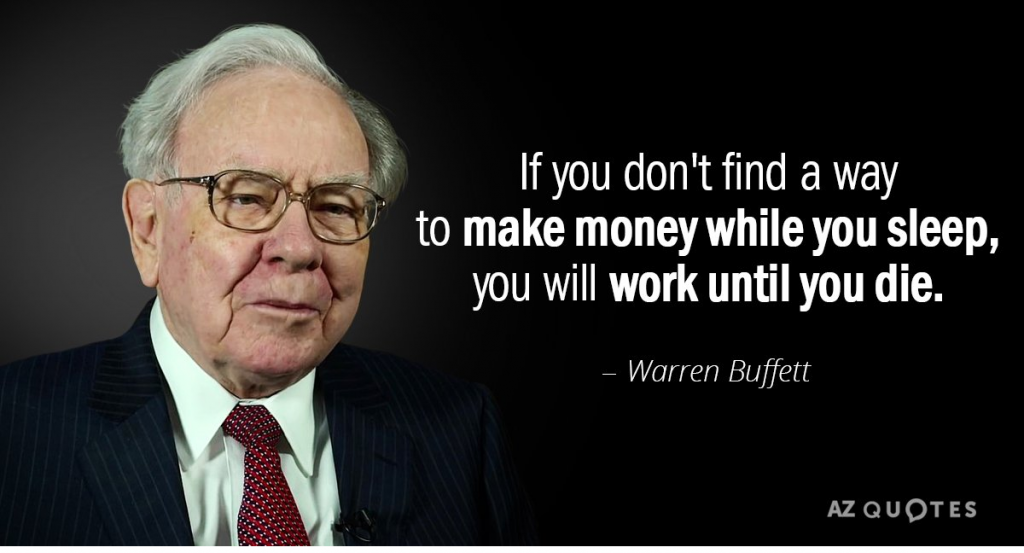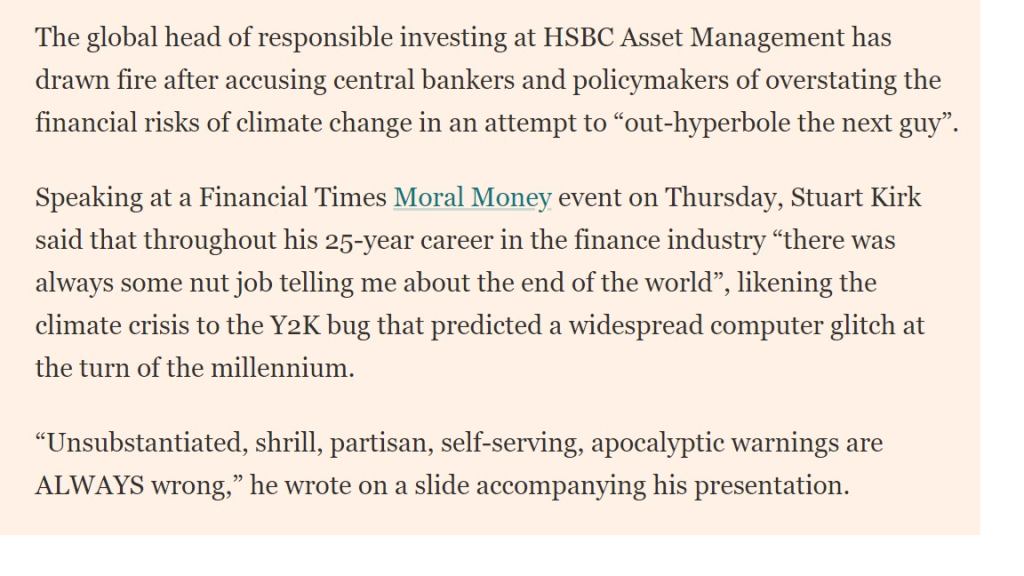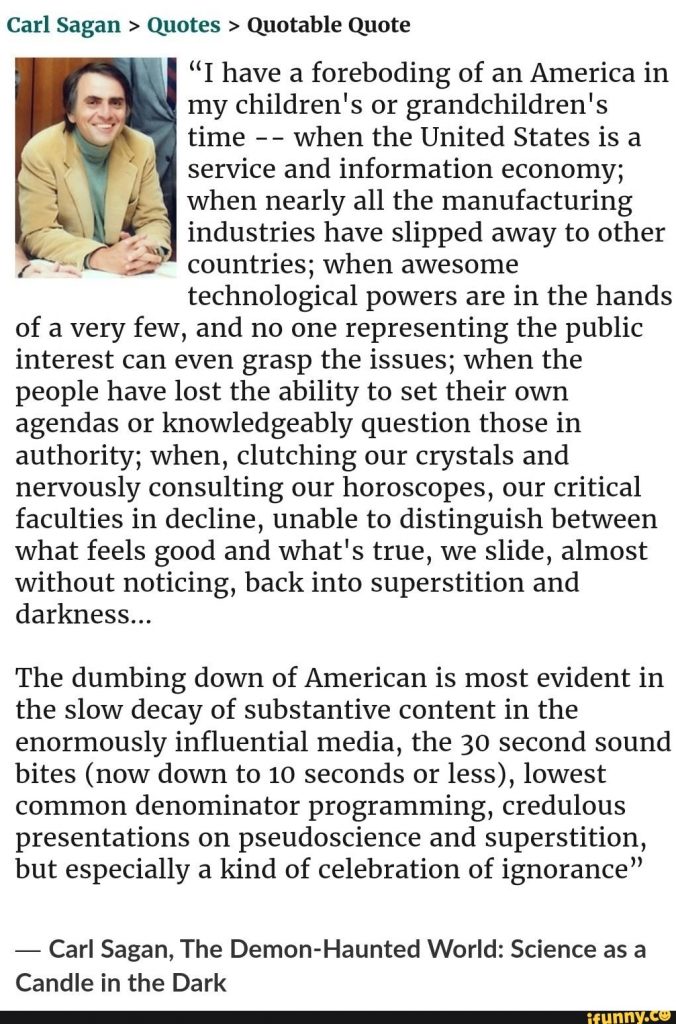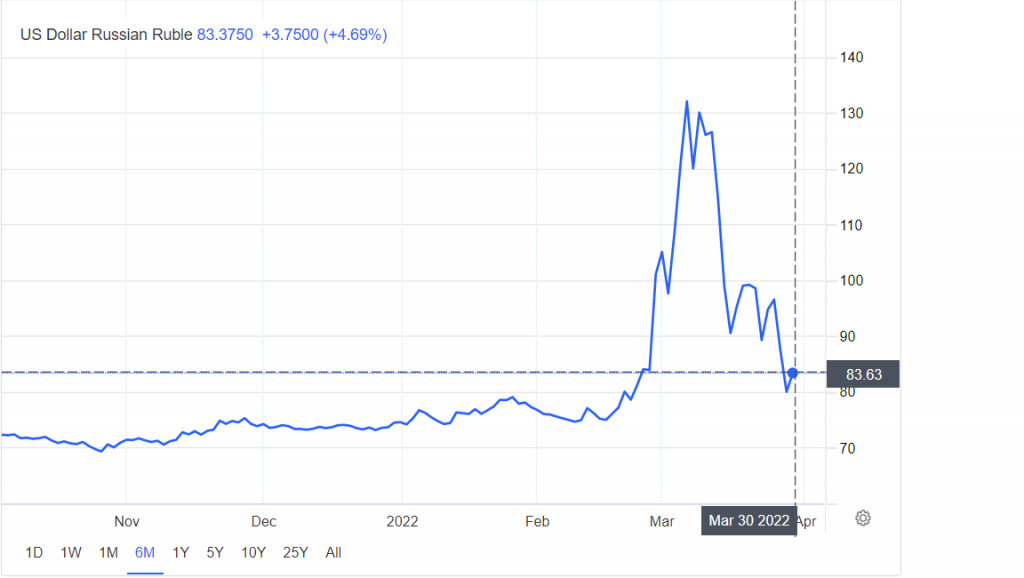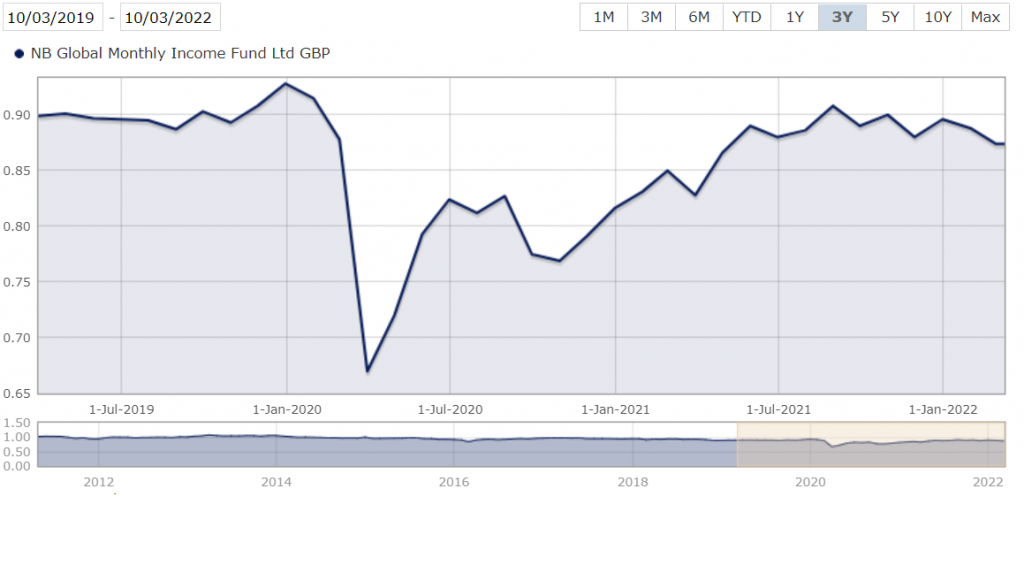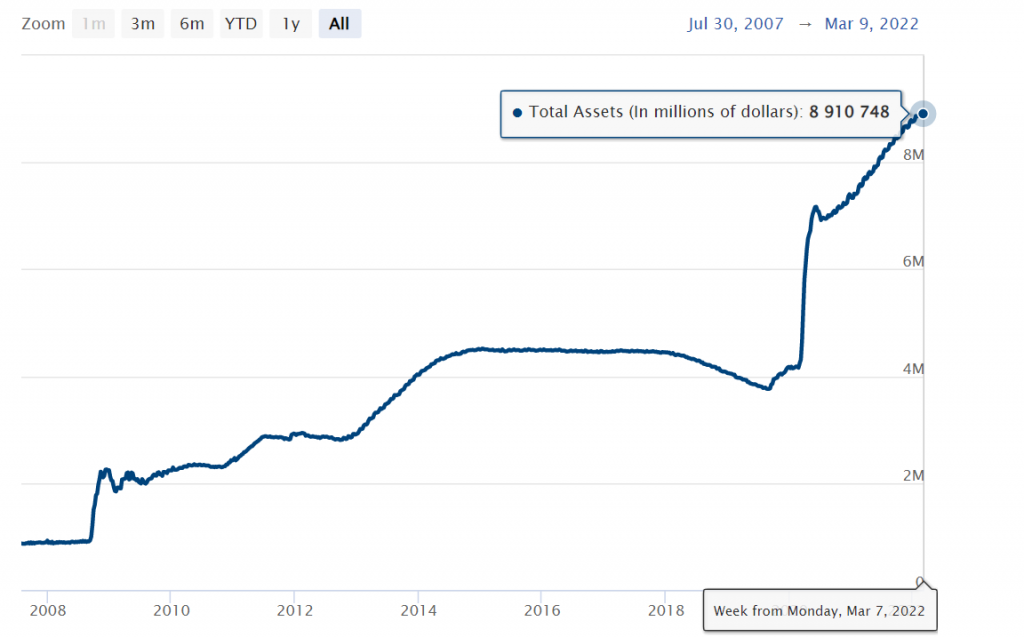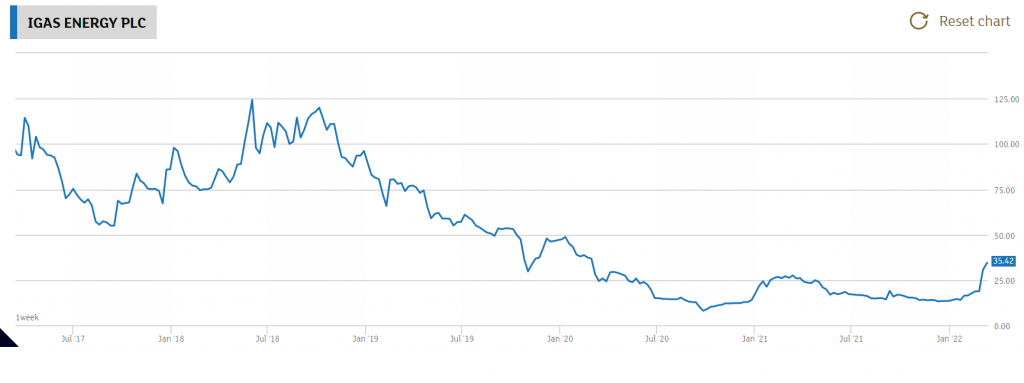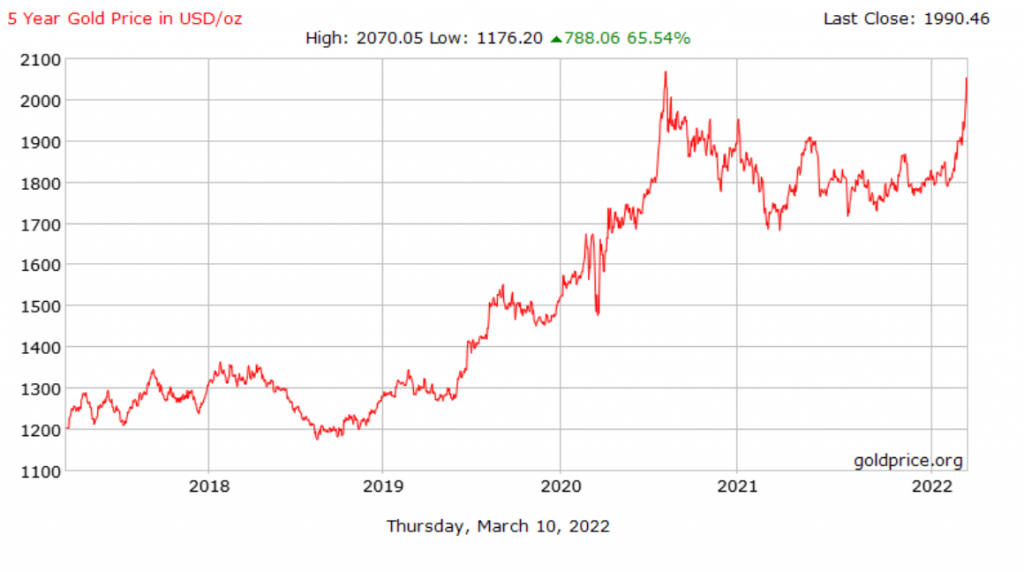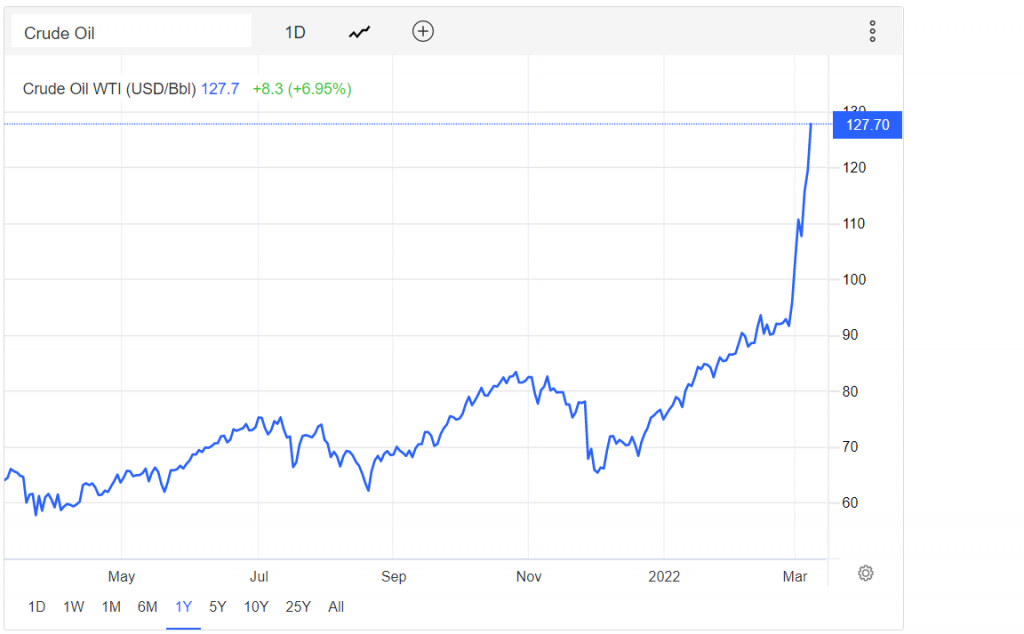Courtest of The Guardian
https://www.theguardian.com/technology/2021/dec/12/john-midwinter-obituary
Engineer who shaped the development of the first optical fibre communications systems, making the UK a leader in the field
ohn Midwinter, who has died aged 83, did much to transform telecommunications from a simple phone-based service in the 1970s to the full broadband and internet network that we have today. Before such services came from the privatised British Telecom, the state provider was the General Post Office: during John’s time at the GPO research laboratory (1971-84), he shaped the understanding, design and development of the first optical fibre communications systems and their introduction into the UK network.
In the process he helped Britain lead the world in establishing optical communications as a fast-moving and competitive research area.
When, in 1966, Charles Kao of Standard Telecommunication Laboratories proposed the idea of optical fibres – strands of glass as thin as a hair carrying communications traffic – the challenges were huge, and struck many as insurmountable. A full system called for the design of optical transmitters and receivers, reliable lasers to generate pulses of light, techniques to modulate and demodulate data, and a better understanding of the physics of data-carrying optical pulses propagating in glass.
However, John, as head of what became the GPO’s optical communications division, set about developing a complete system carrying live traffic. In 1977 the world’s first optical fibre system was installed between Martlesham and Kesgrave, in Suffolk, with members of his research team splicing fibres in the snow, sleet and rain, to successfully demonstrate the transmission of data over approximately 8km of fibre.
The next problem was to significantly extend the length of these systems. This involved the use of mono-mode fibres of a much smaller diameter core, supporting a single path for the light to follow. Data-carrying pulses of light could be prevented from spreading, so allowing much higher data rates over longer distances.
This went against conventional wisdom, which held that it would be impossible to join such thin, fragile fibres. However, by the early 80s, John’s group achieved this feat, sending data at four times the rate over a distance of 60km.
British Telecom, as it was from 1980, stopped all work on competing technologies and in 1984 became the first telecommunication operator to switch entirely to single-mode fibre systems. The rest of the world soon followed, with the help of John’s textbook, Optical Fibres for Transmission (1979). As a result of his work, today more than 95% of all data is transmitted over optical fibres and more than 500m kilometres of fibre are installed each year on land or under the sea.
In 1984 Eric Ash, head of the department of electronic and electrical engineering at University College London, recruited John as BT professor of optoelectronics. At UCL John focused his research on exploring whether photons could be used to carry out processing functions in order to design, for example, an optical computer. But while photons were excellent for transmission, electrons proved better for switching and other digital functions.
By the early 90s, John returned to research on optical communications, exploring the use of multiple wavelengths or colours for the routing of optical information. He was elected to the fellowship of Engineering (now RAEng) and appointed OBE (both 1984), and became fellow of the Royal Society (1985).
He succeeded Ash as head of the department in 1988 and a year later became Pender professor of electrical engineering (the Victorian cable pioneer Sir John Pender endowed the chair in UCL in 1885). John also served as vice-provost of UCL (1994-99) and president of the Institution of Electrical Engineers (2000-01), and retired as emeritus professor in 2004.
John was calm, logical, efficient in all ways, encouraging and respectful of well-reasoned opinions. The concept of procrastination was alien to him, and he was always supportive and generous with advice.
Born in Newbury, Berkshire, he was the son of Vera (nee Rawlinson) and Harry (Henry) Midwinter. As Harry belonged to the fourth generation of Midwinters to run a corn merchant’s business, it was expected that John would follow this path. At St Bartholomew’s grammar school, John was a bookish child who hated team sports, and showed early aptitude for engineering, building model aircraft and cars in his spare time.
Following school, John volunteered for national service with the RAF. There he became a radar instructor and broke with family tradition by going on to study physics at King’s College London, where he gained a first-class degree (1961).
His first job was with the Royal Radar Establishment, Malvern, Worcestershire, carrying out research in nonlinear optics, which led him to work on the first ruby laser in the UK. He continued this research with the Perkin-Elmer corporation in the US, and in 1971 returned to the UK to take up his GPO post.
John met Maureen Holt through ballroom dancing as a teenager, and they married in 1961. Together they enjoyed travelling, hiking, planting their meadow, sharing a love of classical music and looking after several generations of Labrador dogs. In retirement, John became a passionate advocate for mitigating climate change, lecturing widely for the University of the Third Age (U3A).
Maureen survives him, along with their four children, Timothy, Philippa, Kim and Piers, and five grandchildren.
John Edwin Midwinter, optical fibre communications engineer, born 8 March 1938; died 13 November 2021


